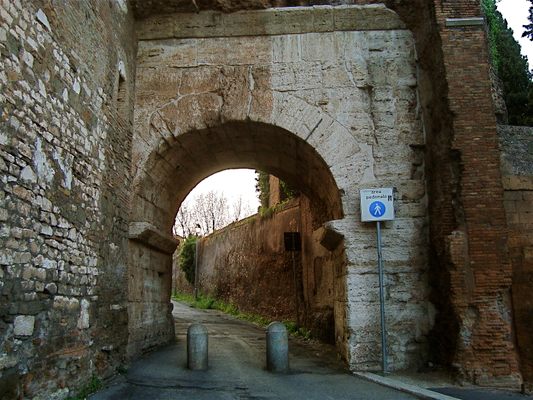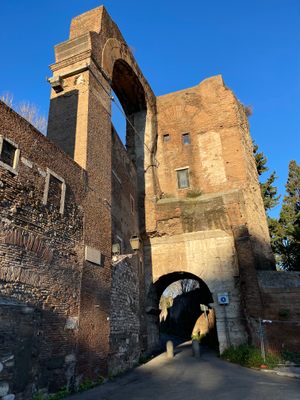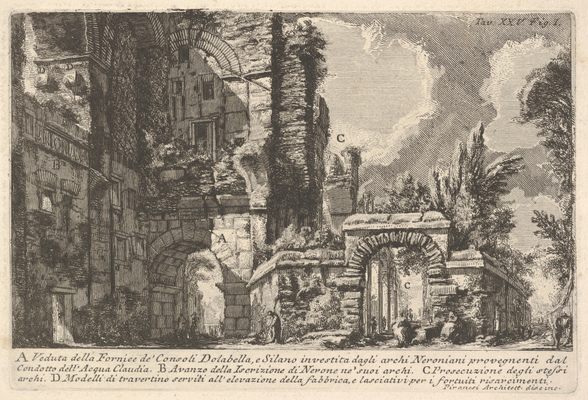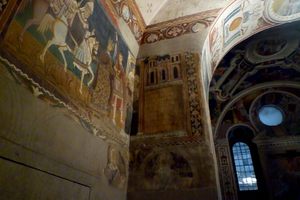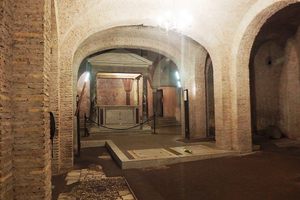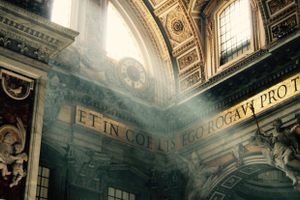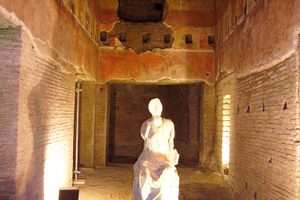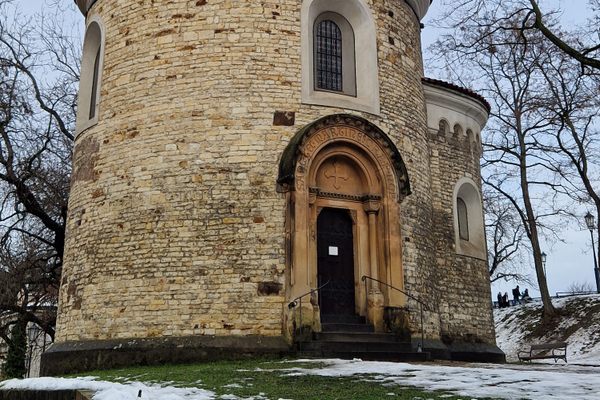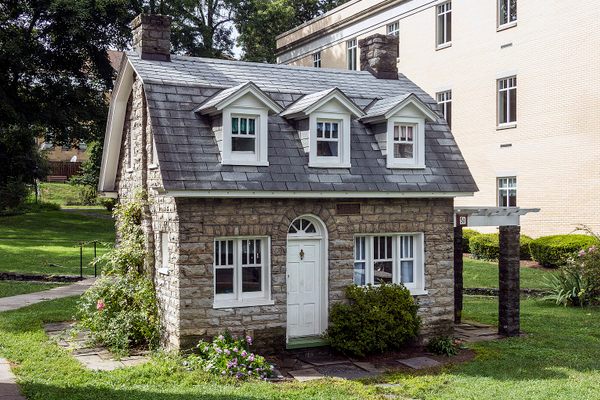About
Caelian Hill is one of the original Seven Hills of Rome and a pleasant escape from the bustle of the city. Across the region are churches, orchards, and the green lanes of a lesser-known park in Rome, Villa Caelimontana. It welcomes the casual visitor into a setting largely untouched since the 19th-century.
However, Caelian Hill is rife with history and lesser-known monuments. Attentive visitors who walk from the Colosseum will notice the colossal arcades of the Aqua Neroniana and the aqueduct that Nero constructed.
Following the arcades up the hill along the Clivo di Scauro, at the end of the road, visitors will walk under a hidden ancient travertine gate. It appears to support the sheer weight of the aqueducts above, a work completed in the time of the Severan dynasty around the 3rd-century CE.
A faded inscription celebrates the work of the consuls of the year 10 CE. Dolabella and Silanus may have rebuilt the archway in the same spot where there was once a gate in the old Servian Walls. It was known as the Caelimontana Gate.
Tradition has it that this Roman ruin was turned into a humble dwelling by the founder of the Order of the Trinitarians, Saint John of Matha. The order was approved by Pope Innocent III in 1198. The order's main mission was rescuing Christian slaves from captivity in Northern Africa.
It's estimated that in John's lifetime alone, the order ransomed and rescued almost 7,000 Christian slaves. During the early 13th-century, the Church provided the order with a convent, a church, and the hospital of Saint Thomas de Formis on the Caelian Hill.
Related Tags
Flavors of Italy: Roman Carbonara, Florentine Steak & Venetian Cocktails
Savor local cuisine across Rome, Florence & Venice.
Book NowPublished
November 23, 2020
